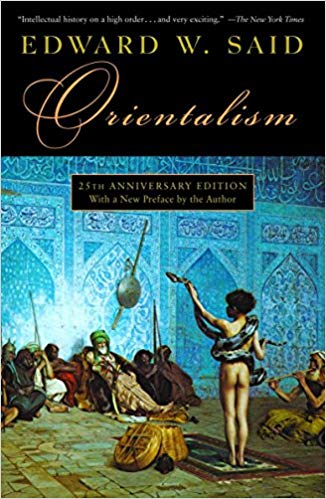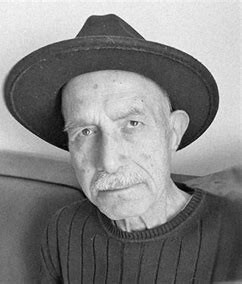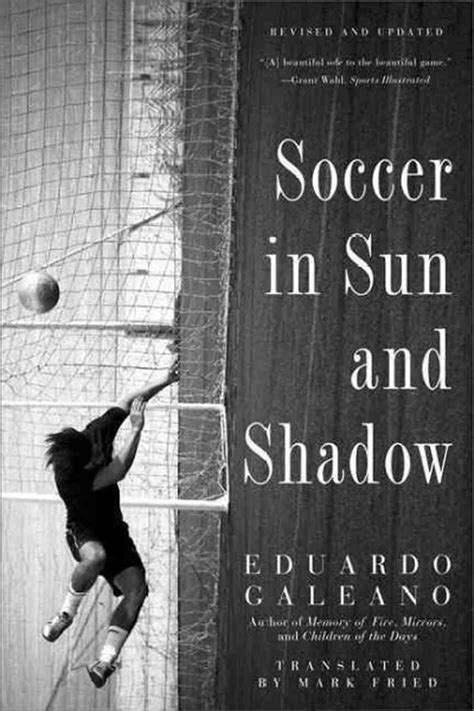When I asked my friend how she found the book to be, she described it as “a jumble of thoughts that felt familiar.”
As Orientals, they indeed feel familiar to us. Although I never picked up the book before now, I couldn't say I have not read it. I read it on the faces of Western "political experts". I read it in laws of counterterrorism and anti-immigration. I read it in the newspapers, listen to it on the radio, and watch it on the TV. But most crucially, I read it when I look into the mirror, this self perception of being an “Oriental”, an inferiority complex transfused throughout the years from teachers and professors, intellectuals and celebrities, family and friends, and especially strangers.
“Oriental students (and Oriental professors) still want to come and sit at the feet of American Orientalists, and later to repeat to their local audiences the clichés I have been characterizing as Orientalist dogmas.” (Ch.3, IV).
Orientalism, according to Said, is not merely a scientific, objective field as it has always been characterised by the Orientalist himself. Rather, it is a subjectivity: that is, the Orientalist does not study the Orient, but he “comes to terms” with an Orient “that is based on the Orient’s special place in European Western experience.” Though the same may be said about the Occident which does not just exist as an inert fact of nature, for such divide is a social construct first and foremost, and does not translate smoothly into a physical or geographical classification.
Orientalism reflects a history of colonial exploitation. By scrutinising, interpreting and classifying the Orient, the Orientalist justified (in advance and after the fact) the West's right to dominate, restructure and have authority over the Orient.
Although the otherisation of the Oriental has already existed for millenia, Said traces back the changing point of Orientalism to the onset of Napoleon's invasion of Egypt. It is at this point in time that Orientalism was institutionalised and 'scientisized'. In the 18th and 19th centuries, the majority of Orientalists were philologists and anthropologists. Yet, the core values of the scientific method—objectivity, disinterest, mutability—notwithstanding, Orientalism preserved, see “secularized,” the mythic discourses of premodernity.
“the scientific categories informing late-nineteenth-century Orientalism are static: there is no recourse beyond “the Semites” or “the Oriental mind”; these are final terminals holding every variety of Oriental behavior within a general view of the whole field. As a discipline, as a profession, as specialized language or discourse, Orientalism is staked upon the permanence of the whole Orient, for without “the Orient” there can be no consistent, intelligible, and articulated knowledge called “Orientalism.”” (Ch.3, II).
Although Science, as an ideal of truth should theoretically be prone to change, admits proof and counterproof; the scientist still holds on his shoulders the overwhelming weight of his predecessors and their values. He is impelled to follow their path, avoid uncertainty and existentiality, to reproduce mythic discourses. And this is especially relevant to Orientalism.
From an existential standpoint, the gaze of the White Man makes of the Oriental man “first an Oriental [essence] and only second a man [existence].” Dehumanised, otherised and silenced; the Oriental is a piece of mold that can be shaped by the Orientalist according to the zeitgeist of his epoch on the one hand, and to the eccentric tendencies of his personality.
In the second half of the twentieth century, which coincides with the decolonisation movement and the zenith of American hegemony, Orientalism went through major transformations. European focus on philology was superseded by a jejune, American obsession in “Social Sciences”. The Orient became then the experimental laboratory of the American social scientist.
“No longer does an Orientalist try first to master the esoteric languages of the Orient; he begins instead as a trained social scientist and “applies” his science to the Orient, or anywhere else.” (Ch.3, IV).
Late (read: American) Orientalism was shaped by government and corporate interests in the non-Western world, and fueled by the Cold War and competition with the Soviet Union. This is why very perverse and polemical "studies" of Islam were mass-published (especially by Zionists). Islam, according to the modern Orientalist, is a volatile and purely political religion, a force “contending with the American idea for acceptance by the Near East” along with communism. All this whilst maintaining the early myths of “Oriental despotism.”
“The legendary Arabists in the State Department warn of Arab plans to take over the world. ... the passive Muslims are described as vultures for “our” largesse and are damned when “we lose them” to communism, or to their unregenerate Oriental instincts: the difference is scarcely significant.” (Ch.3, IV).
Edward Said's magnum opus is a seminal and well-acclaimed work. Yet it had its fair share of critics. Apart from the Zionists and Orientalists themselves (which we shall dusregard), some scholars criticised Said's dealing with the Middle East as a monolithic category consisting of pure Muslim Arabs. It is not entirely incorrect to say that Said did not leave much space to the other constituents of the region; however, Said is very well aware of the cultural and ethnic diversity characterising West Asia and North Africa. Rather, their virtual absence from the big picture is a better reflection of the Orientalist's vision of what the Near East is, in which non-Arabs and non-Muslims hold a peripheral, if not silent, role. Britain and France, Said contends, viewed themselves as the protectors of Christian minorities from the evils of Islamic "barbarism."
Moreover, Islam is equally simplified by Orientalists and reduced to Islamic Orthodoxy. In the Islamic Orient, everything cannot but be perceived as Islamic, even modernisation and the adoption of European technologies and institutions is itself Islamic. To reiterate a previous thought, the essence precedes existence.
It is important to note that this book was released decades before the 9/11 attacks which spurred another Orientalist wave. Although today the formal, academic field is almost nonexistent, its essentialist doctrines are still being disseminated into the masses, both in the West and the East. The face of Western progressivism has shown a grim, and not entirely unfamiliar face, especially amid the genocide in Gaza. The struggle against dehumanisation and exploitation is not over yet.
P.S. Take a shot every time you read the word Orient.




You can contribute monetarily, check https://join-lemmy.org